
environmental mood board


The British scientist Sir John Herschel discovered the cyanotype process in 1842.
The process remains the same today, producing a white image on a deep blue background.
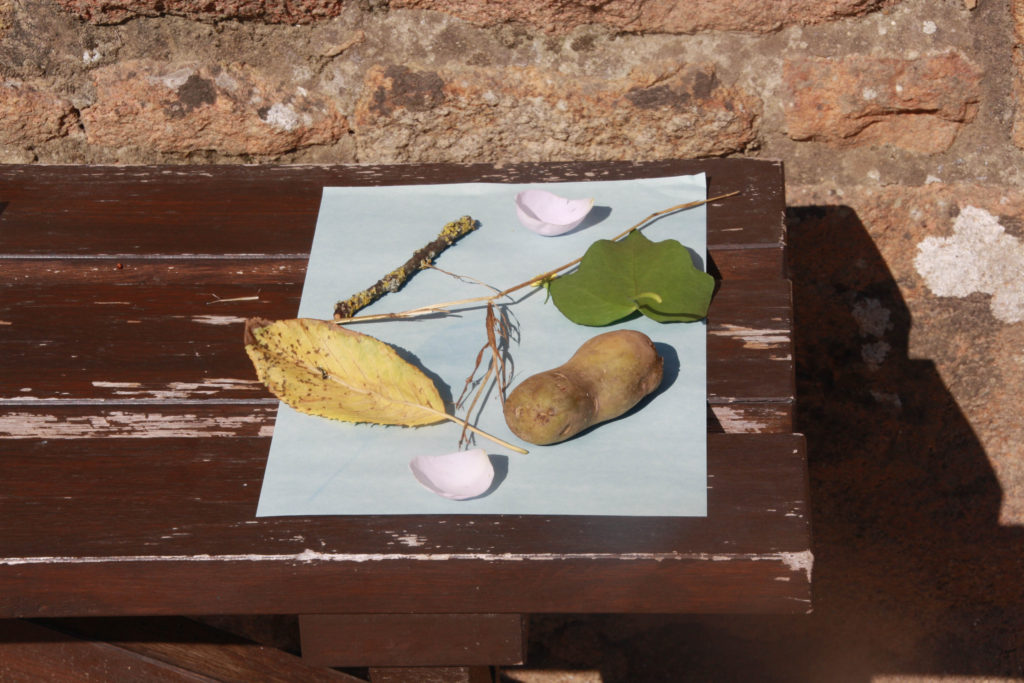

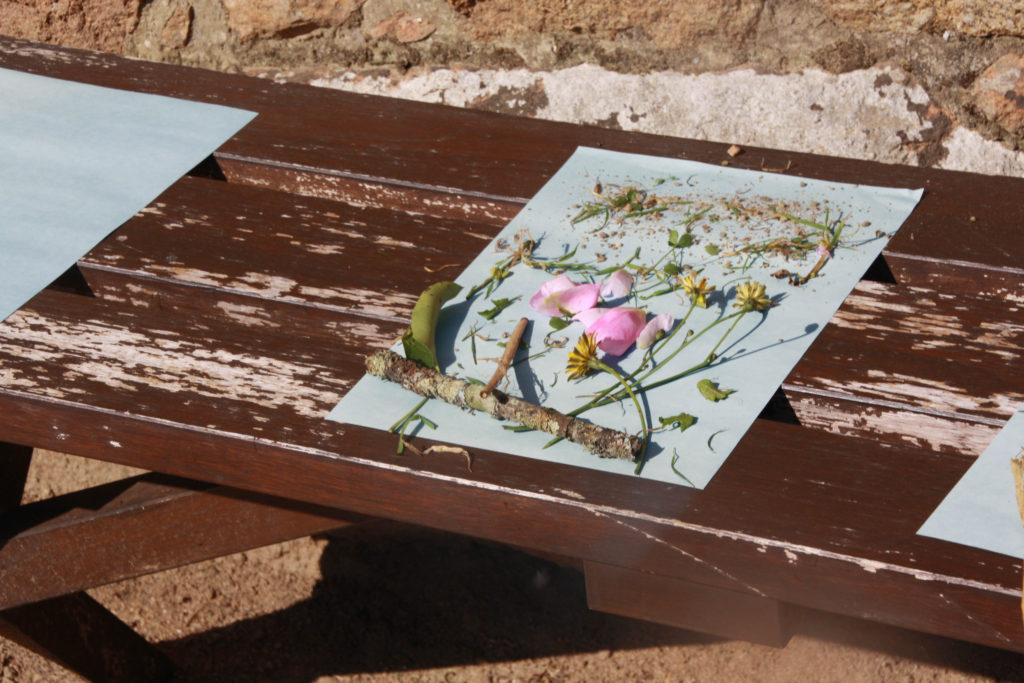
Cyanotype is a photographic printing process that produces a cyan-blue print. Engineers used the process well into the 20th century as a simple and low-cost process to produce copies of drawings, referred to as blueprints.
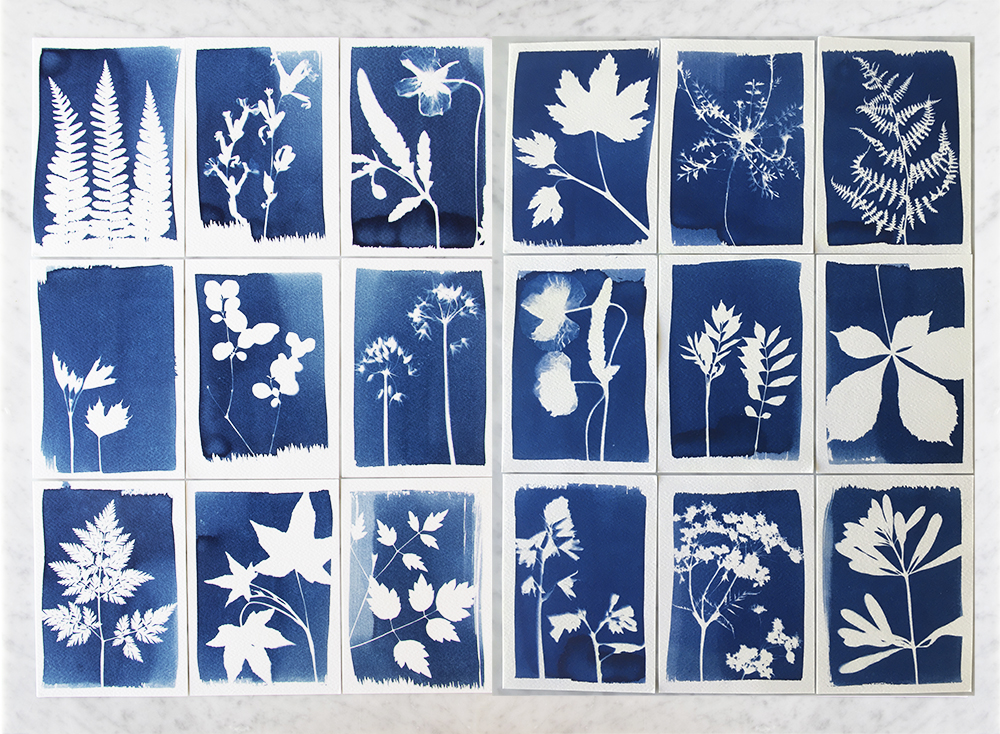
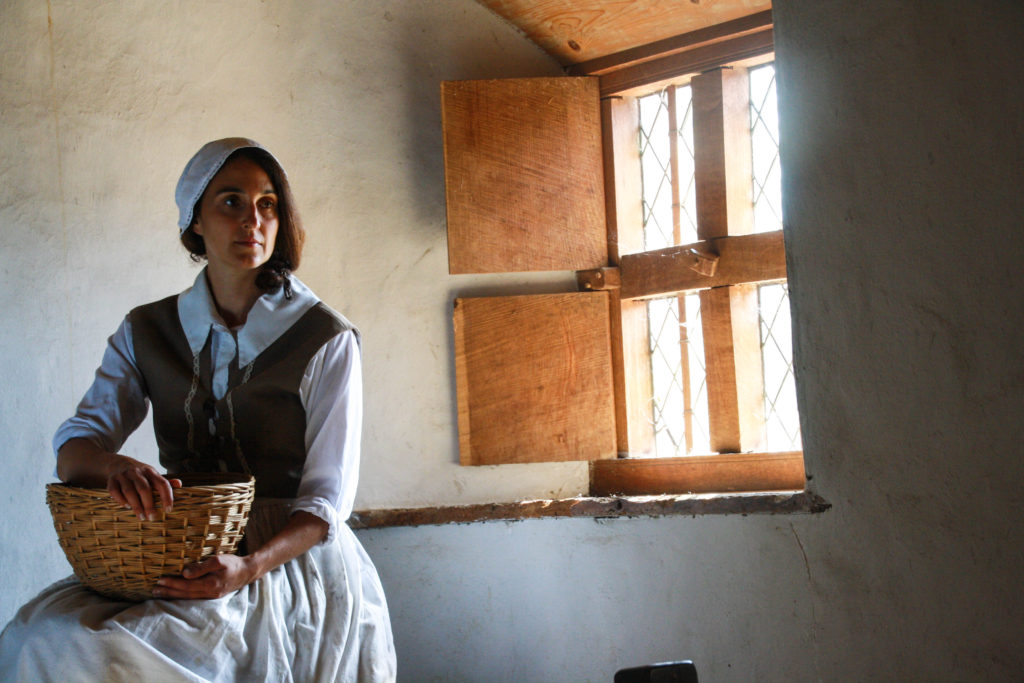
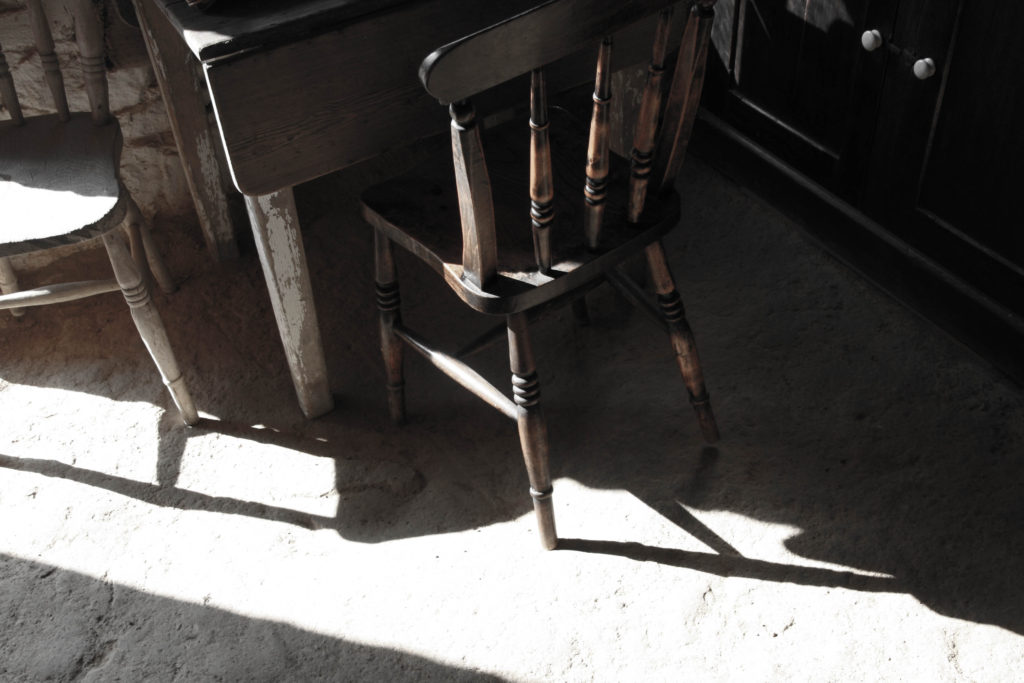
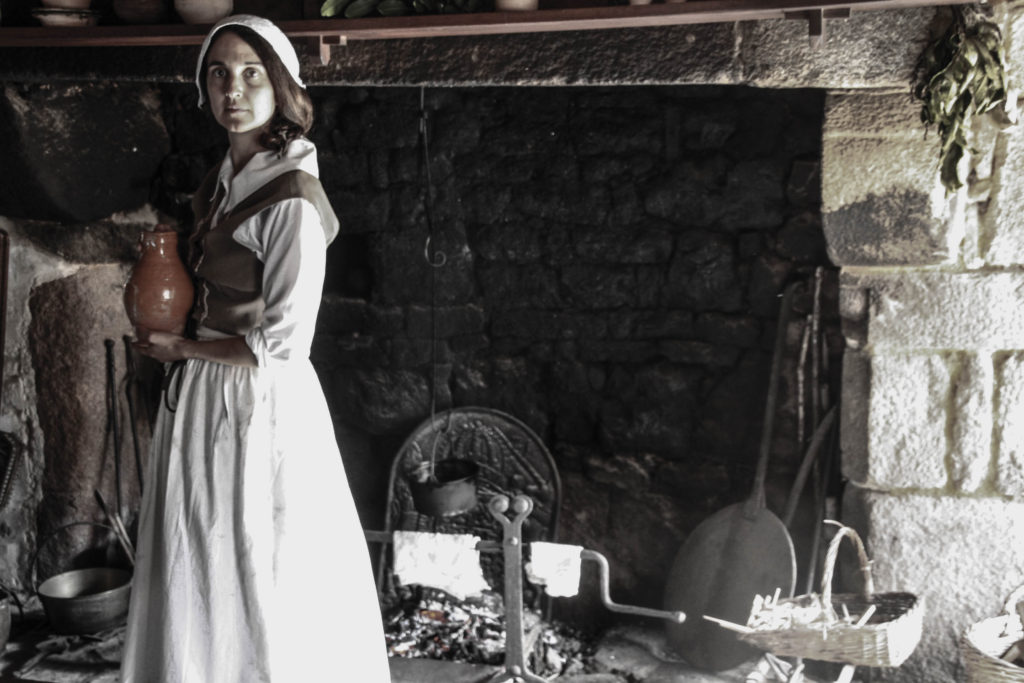
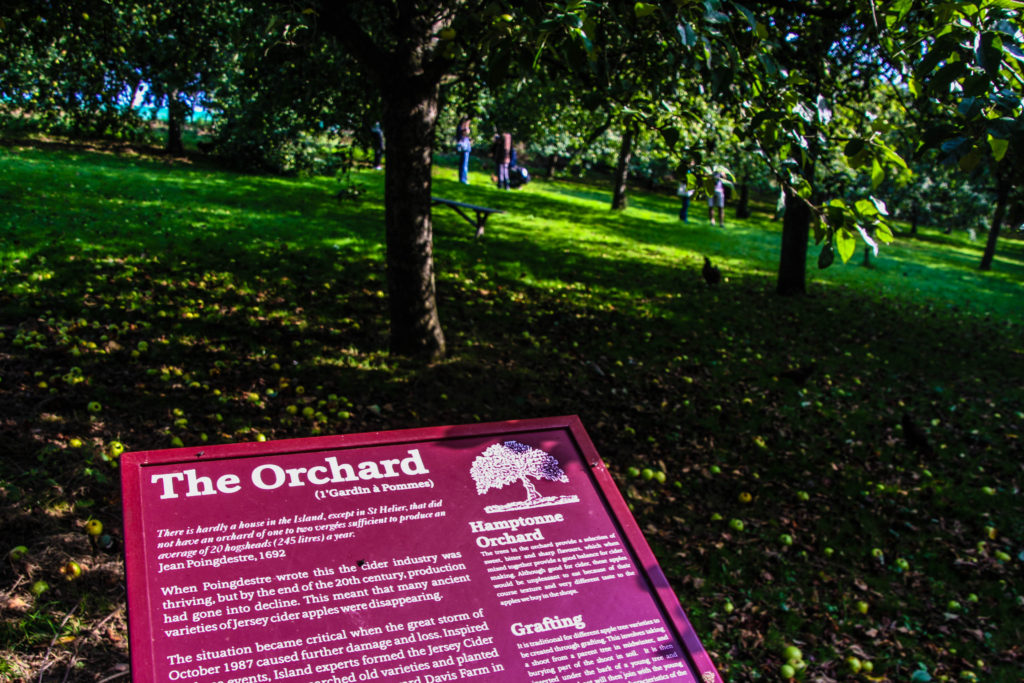
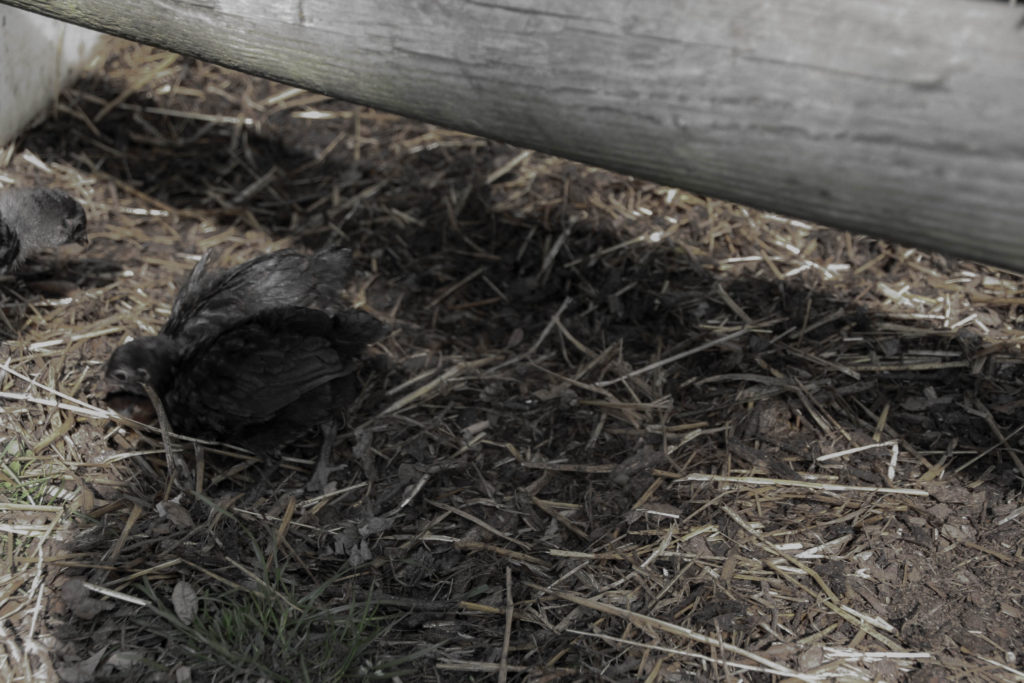
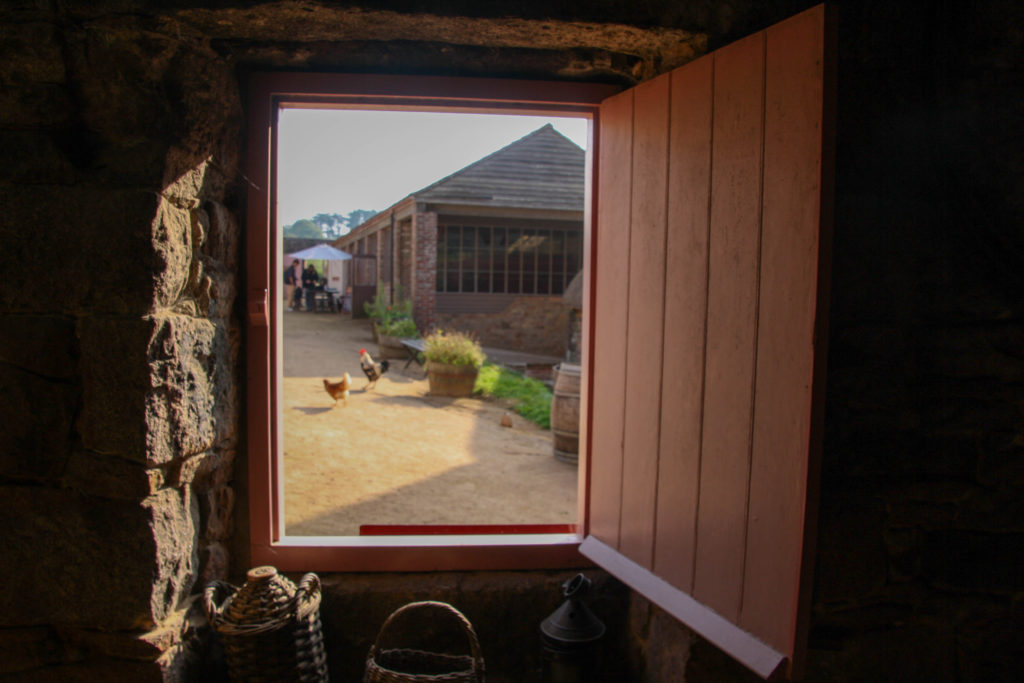
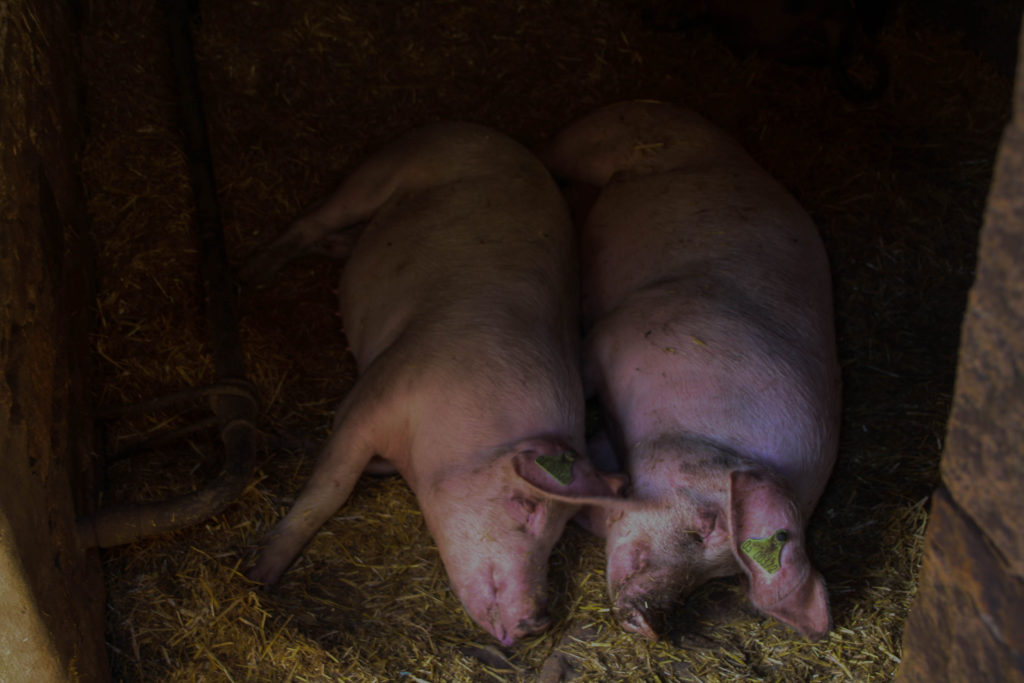
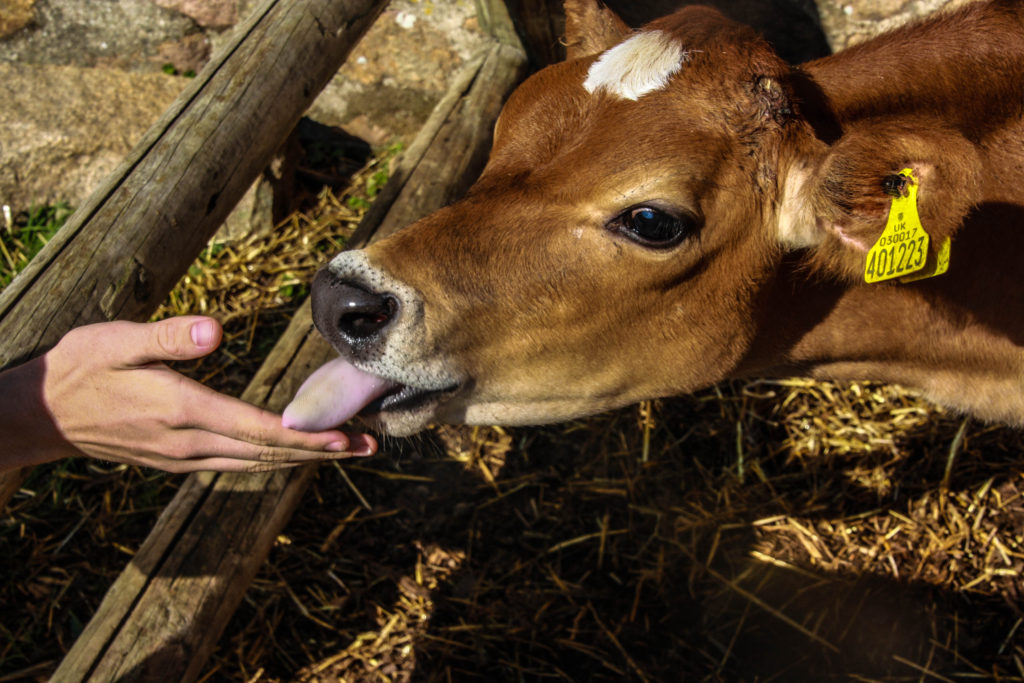
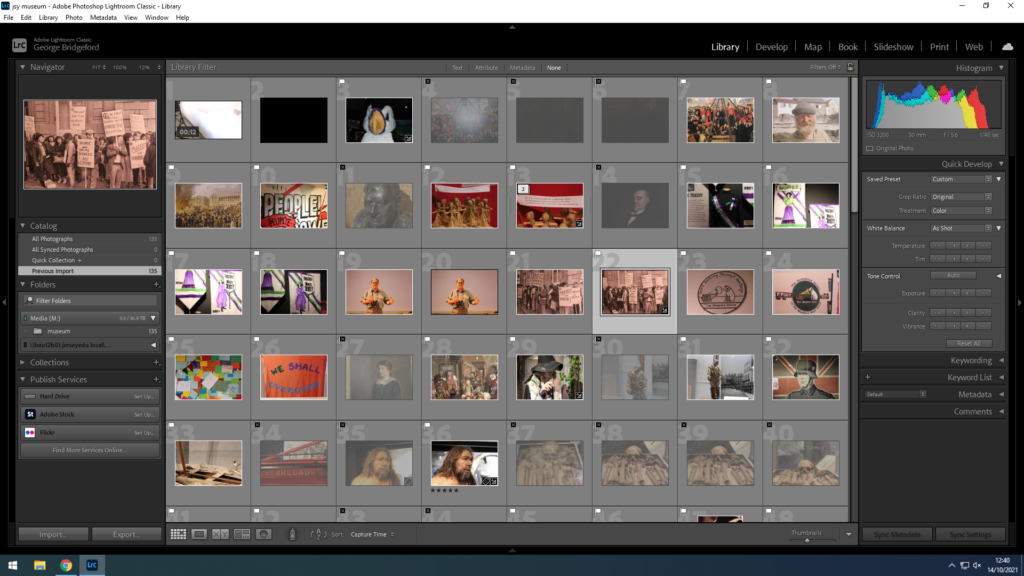
This is my process of choosing the best photos to use from the museum visit.
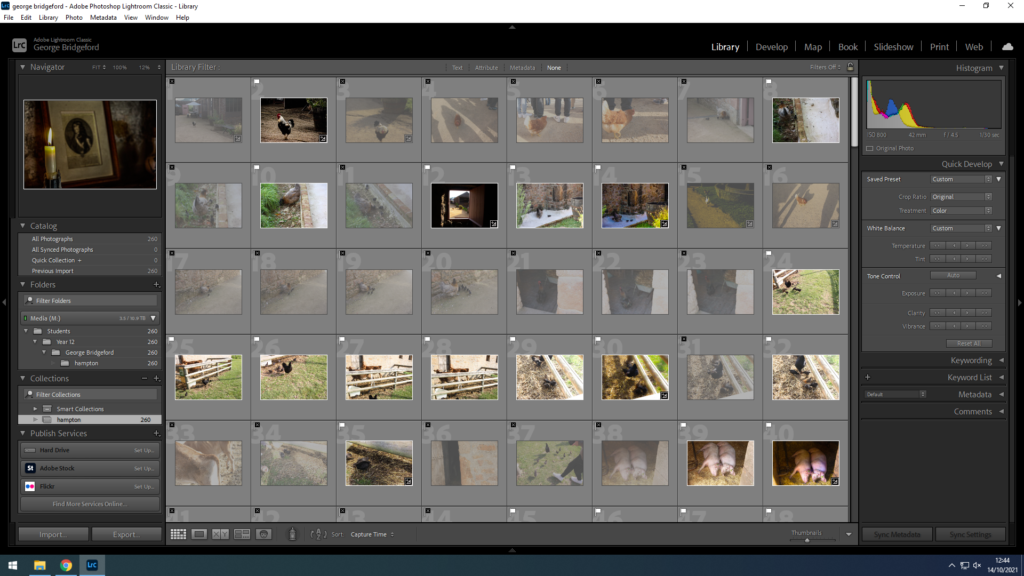
This is my process of choosing the best photos to use from the hamptonne visit.
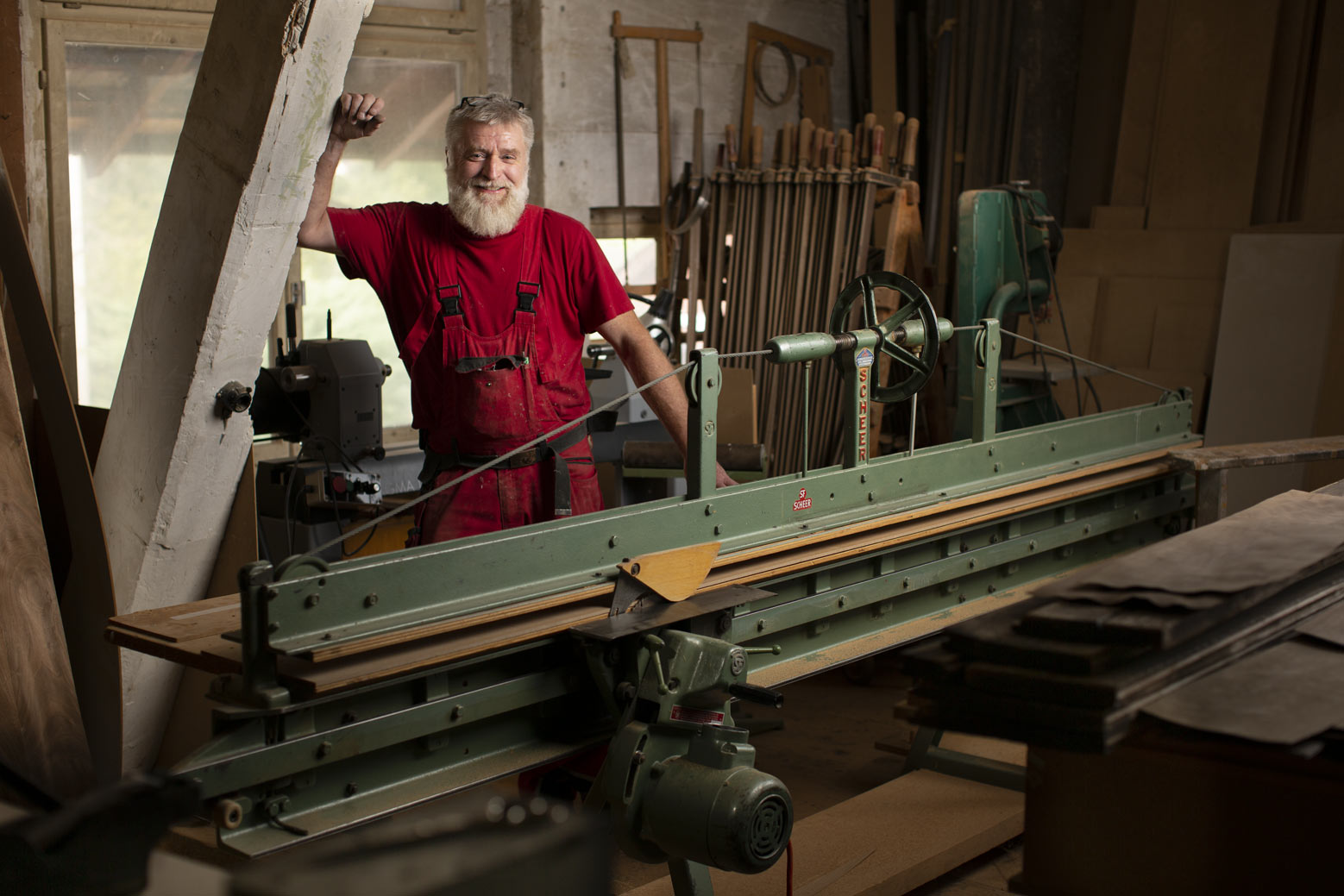
An environmental portrait is a portrait executed in the subject’s usual environment, such as in their home or workplace, and typically illuminates the subject’s life and surroundings. The term is most frequently used of a genre of photography.

By photographing a person in their natural surroundings, it is thought that you will be able to better illuminate their character, and therefore portray the essence of their personality, rather than merely a likeness of their physical features. It is also thought that by photographing a person in their natural surroundings, the subject will be more at ease, and so be more conducive to expressing themselves, as opposed to in a studio, which can be a rather intimidating and artificial experience.
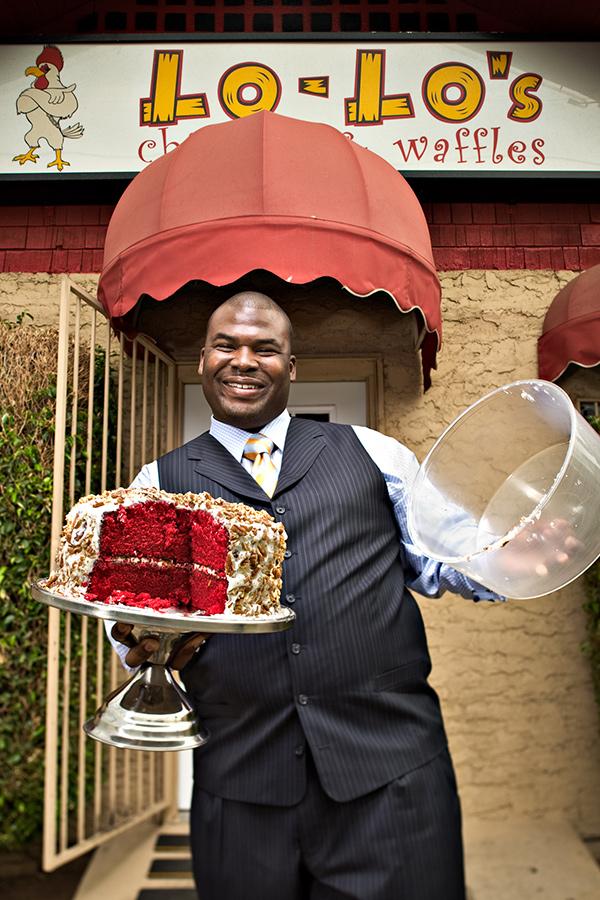
For my environmental portrait I will photograph a fishmonger at Homefields

I will be taking photos of the worker while focusing on light and angles.

I will conduct this shoot at some point in the next week.
I am designing the shoot in this way to take photos which represent the busy life of a Fishmonger. I will produce the best images by working with the worker to find the best lighting angle.
I visited Jersey Museum on 1st October 2021 to look at corn riots and protest displays.

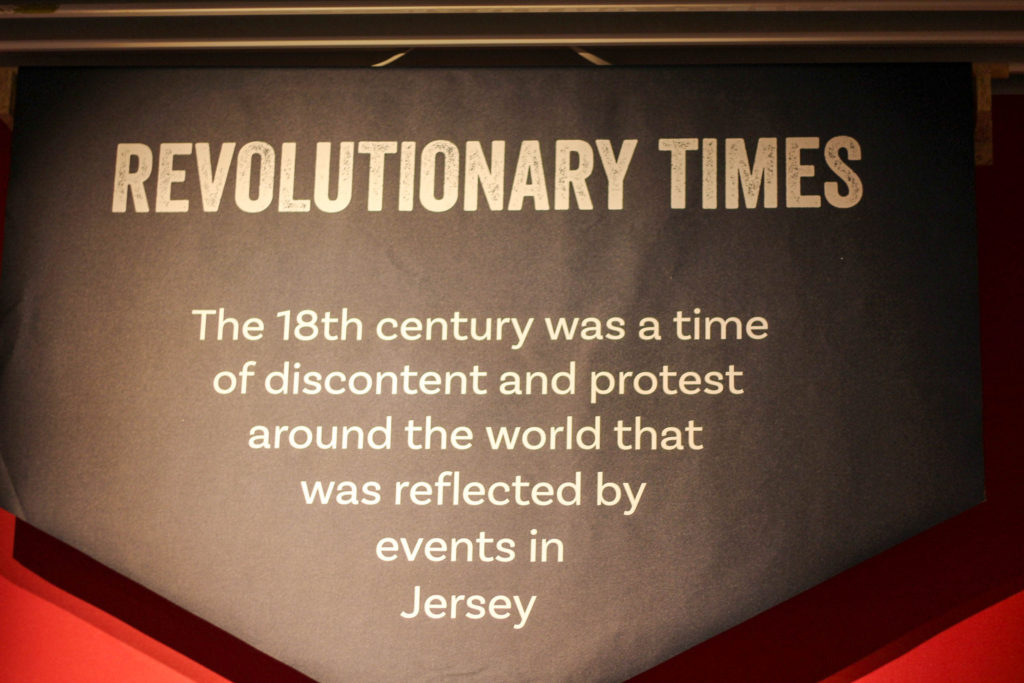
WHAT WERE THE CORN RIOTS ALL ABOUT?
A MONOPOLY ON POWER
During the 18th century, power in Jersey was concentrated in the hands of the Lemprière family. In 1750, Charles Lemprière was appointed Lieutenant Bailiff, while his brother Philippe was named Receiver-General.
One of Charles Lemprière’s major opponents within the Island was Nicholas Fiott. He was a captain and merchant who had disagreements with Lemprière going back many years. Things came to a head in the mid-1760s when Fiott struggled to find a lawyer to represent him in the Royal Court as they were all appointed by Lemprière.
Finally, Fiott took his frustrations to the Court. This was the opportunity for which Lemprière had been waiting. Fiott made his objections in writing and was prosecuted by Lemprière for insulting members of the Court. Fiott was fined and sentenced to ‘amende honorable’, which meant that he had to get down on his knees and pray for the forgiveness of God, the King and the Court. He refused to comply with the sentence and was sent to prison for a month .On his release, Fiott left the Island.
RISING FOOD PRICES
In 1767, people protested about the export of grain from the Island. Anonymous threats were made against shipowners and a law was passed the following year to keep corn in Jersey. In August 1769 the States of Jersey repealed this law, claiming that crops in the Island were plentiful. There was suspicion that this was a ploy to raise the price of wheat, which would be beneficial to the rich, many of whom had ‘rentes’ owed to them on properties that were payable in wheat. As major landowners, the Lemprière family stood to profit hugely.
ACTS OF RESISTANCE
In the summer of 1769, a ship loaded with corn for export was raided by a group of women who demanded that the sailors unload their cargo and sell it in the Island. ‘Let us die on the spot, rather than by languishing in famine. God hath given us corn, and we will keep it, in spite of the Lemprières, and the court, for if we trust to them they will starve us’.
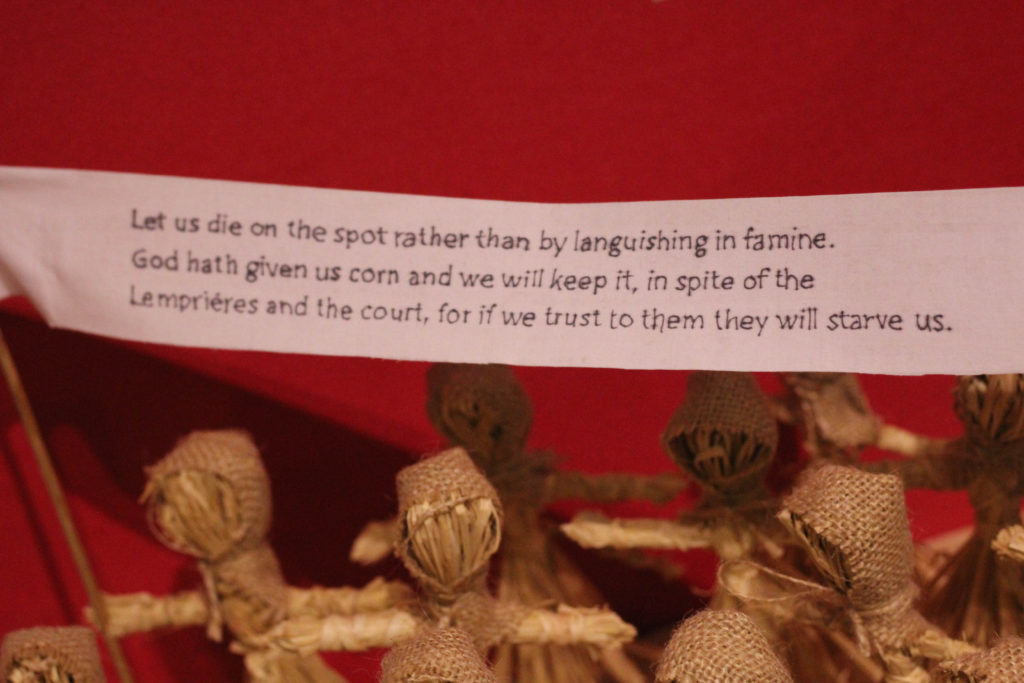
THE CORN RIOTS
On Thursday 28 September 1769, a Court called the Assize d’Héritage was sitting, hearing cases relating to property disputes. The Lieutenant Bailiff, Charles Lemprière, sat as the Head of the Court. Meanwhile, a group of disgruntled individuals from Trinity, St Martin, St John, St Lawrence and St Saviour marched towards Town where their numbers were swelled by residents of St Helier. The group was met at the door of the Royal Court and was urged to disperse and send its demands in a more respectful manner. However, the crowd forced its way into the Court Room armed with clubs and sticks. Inside, they ordered that their demands be written down in the Court book. Although the King later commanded that the lines be removed from the book, a transcription survives that shows the crowd’s demands.
The demands of the Corn Riots protestors included:
• That the price of wheat be lowered and set at 20 sols per cabot.
• That foreigners be ejected from the Island.
• That his Majesty’s tithes be reduced to 20 sols per vergée.
• That the value of the liard coin be set to 4 per sol.
• That there should be a limit on the sales tax.
• That seigneurs stop enjoying the practice of champart (the right to every twelfth sheaf of corn or bundle of flax).
• That seigneurs end the right of ‘Jouir des Successions’(the right to enjoy anyone’s estate for a year and a day if they die without heirs).
• That branchage fines could no longer be imposed.
• That Rectors could no longer charge tithes except on apples.
• That charges against Captain Nicholas Fiott be dropped and that he be allowed to return to the Island without an inquiry.
• That the Customs’ House officers be ejected.
THE AFTERMATH
In the days following the riot there was relative peace in the Island. On Saturday the demands were published in the Public Market, and on Sunday they were proclaimed in the majority of the parishes. On Sunday evening, however, the Lieutenant Bailiff and the Jurats fled to Elizabeth Castle for safety. Perhaps there was a threat received, or they thought it would look good politically if they seemed to be in danger.
On 6 October, a meeting of the States of Jersey was held at the Castle when it was agreed that Charles Lemprière, together with two Jurats, and Philippe Lemprière, the Attorney General, would journey to London in order to present their difficulties to the Privy Council, representing the Crown.
At first, the Privy Council was outraged by their reports and commanded that the demands of the rioters be erased from the Court records. On 1 November, a Royal Pardon and a reward of £100 was offered to any rioters who named the ringleaders. After the full situation in the Island became clear, the protestors were eventually pardoned.
People! Power! Protest!
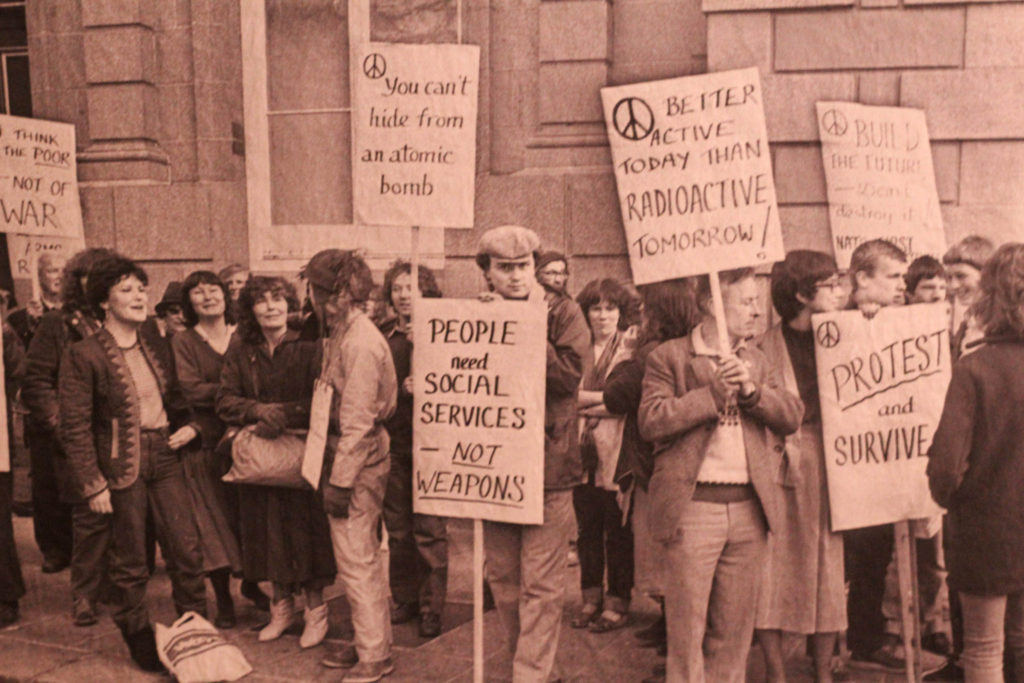
In 1769, protestors forced their way into the Royal Court and demanded lower wheat prices and fairer government.
Black Lives Matter Protest

In 2020. many protested in Jersey for the prevention of police brutality and racism. This was after the death of George Floyd in America.
On Wednesday 22nd September 2021, our class visited Hamptonne and researched into the heritage of Jersey. The visit involved taking photos that represent Jersey’s history.

ABOUT HAMPTONNE COUNTRY LIFE MUSEUM
Hamptonne Country Life Museum gives the visitor a unique insight into the rural life carried on in Jersey for centuries. Dating back to the 15th Century the house and farm are perfect for discovering the rural history of Jersey. Explore the different houses which make up Hamptonne, find out more about Jersey’s history of cider making in the cider barn and wander through the cider apple orchard and meet the Hamptonne calves, lambs, chickens and piglets in the traditional farmstead.
Discover Syvret House, a decorated and furnished farmhouse gives a unique window into 1940s rural life, including; agricultural traditions, day-to-day family life, language, religion and the experience of the German Occupation.

TOP 5 THINGS TO DO AT HAMPTONNE COUNTRY LIFE MUSEUM
1) Meet the Hamptonne animals
2) Enjoy the playground
3) Explore the cider apple orchard and the beautiful countryside location
4) Meet characters from the past and hear about ancient crafts and stories
5) Take a free tour of Hamptonne with volunteer guides
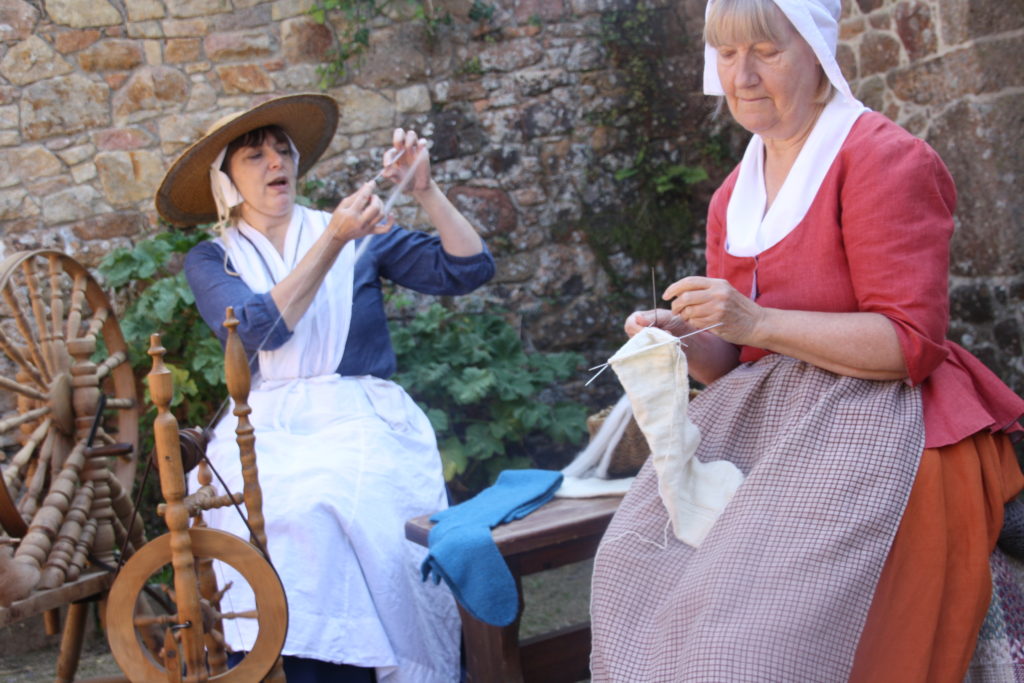
HISTORY
Nestled at the head of a valley in St Lawrence, Hamptonne with its numerous granite buildings provides a story of Jersey rural life across the centuries. Its very location typifies a trend of building farms where there would be not only a ready source of water, but also shelter both from the coastal elements and raiders from France.
A key element of rural tradition within the Island was the characteristic of the many smallholdings working alongside the larger farms, in fact as late as 1914 nearly 88% of holdings fell under 45 vergées. While Hamptonne, certainly from the 17th century with over 100 vergées, was considered a fairly large farm it nevertheless reflected the ethos of self-sufficiency and mixed farming prevalent across the Island. Through the evolution of its buildings the site also provides valuable insight into the major developments of cider production, Jersey Royals and the Jersey Cow.
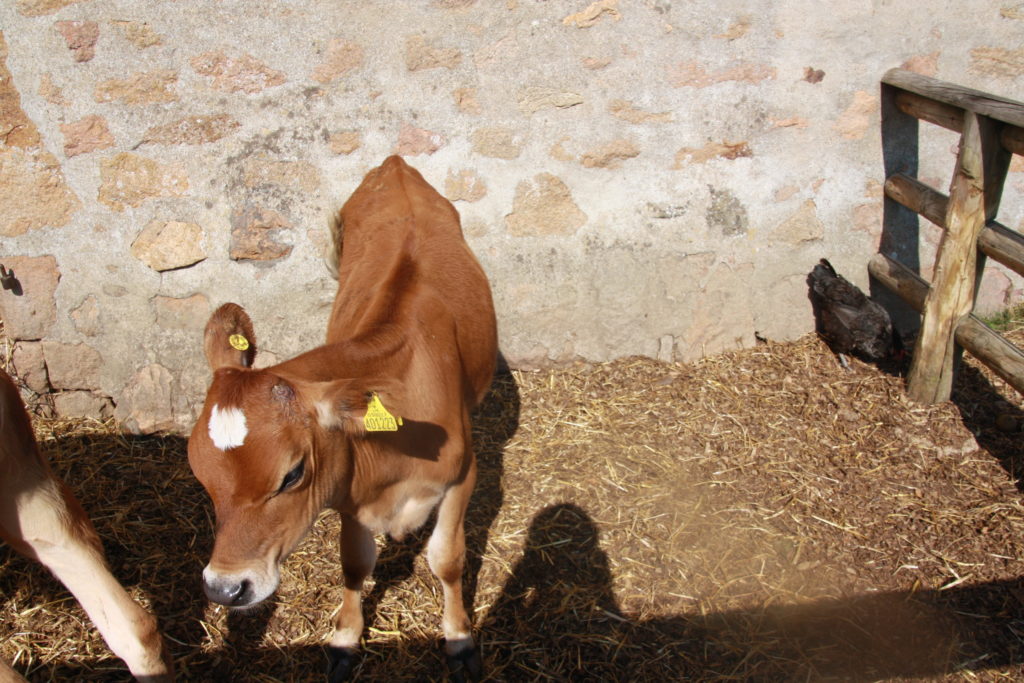
In the present day Hamptonne’s role as a museum enables it to portray not only Jersey’s rural history, but also some key moments from the Island’s political past. In late 1987 the then owners the Emmanuel family sold part of the farm to the National Trust for Jersey, who bought it for £400,000 with assistance from the States of Jersey. At this point the Société Jersiaise agreed to undertake the cost of restoration and development of the site into a rural life museum. The culmination of the first phase of the project, which involved collaboration between the Société Jersiaise and Jersey Heritage Trust, led to the museum being opened in 1993.
As the visitor walks around the present day museum, key moments and trends of Jersey’s agricultural past reveal themselves. The cider barn and the subsequent use of Langlois house was once a potato store, however other discoveries can also be made.
THE HOUSES AND COURTYARDS
Overall the site is square in shape. It includes ranges of buildings built in different periods, arranged around two courtyards. While the farm has medieval origins, consecutive owners have made marked improvements to the living accommodation. The main buildings are therefore named after the Langlois, Hamptonne and Syvret families, who lived here between 15th and 19th centuries.
When you exit the shop, you enter the North Courtyard along the side of which runs the Northern Range – a row of 19th century farm buildings constructed to meet the requirements of the agriculture workforce, its vehicles and horses. It include a Labourers Cottage, Coach House, Bake House & Laundry, and Stables. Facing the Stables is a glazed barn in which important farming devices and implements are displayed. There is a walled vegetable and herb garden to the east, beyond which is the Hamptonne Playground and Cider Apple Orchard.
To the south is Langlois House, which comprises stabling and an undercroft on the ground floor, and a parlour and bedroom on the first floor. At the south-west corner is a twin-arched stone gateway providing access to the roadway. To the south of Langlois House are the pigsties and a spring-fed pond.
To the west is the Cider House or pressoir with its granite apple crusher and press; to the southern end of this row is Syvret House which consists of a kitchen, parlour, two bedrooms and a small cabinet. The House is presented as the home of a tenant farmer around 1948.
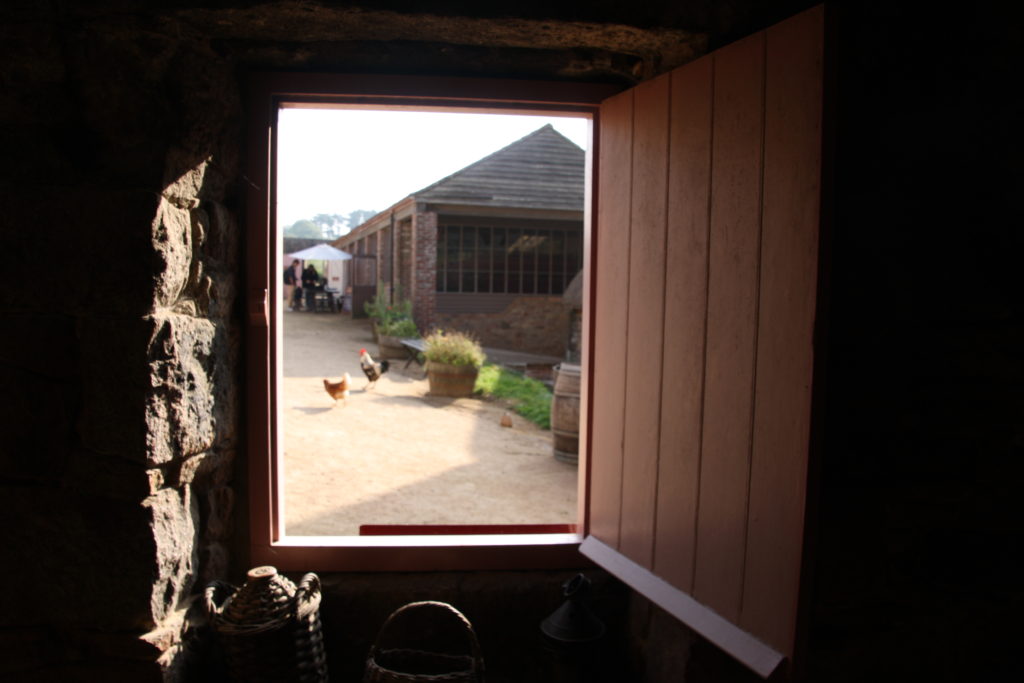
CIDER APPLE ORCHARD
To the east of the farm complex is the Cider Apple Orchard, which consists of apple trees chosen for their sweet, bitter and sharp flavours to provide a good balance for cider making when mixed together. The footpath through the orchard takes you into a small area of woodland. Wooded areas at the back of farms provided an important source of wood for fuel and building materials, while also supporting a rich variety of plants and wildlife. Follow the footpath down to the grazing Meadow and, if you wish, continue on the public footpath that joins the National Trust for Jersey’s Toad Trail.

One point lighting is when light is only shining on one side of the person being photographed.

It creates a natural look. Often the side not lit shows a shadow


This is also reffered to as chiaroscuro. Chiaroscuro, is an Italian term that refers to the intense contrast of light (chiar) and dark (oscuro) in art, famously used in the paintings of Rembrandt or Caravaggio to create a strong and dramatic mood.


Passport photos are the photos used on your passport to identify who you are.

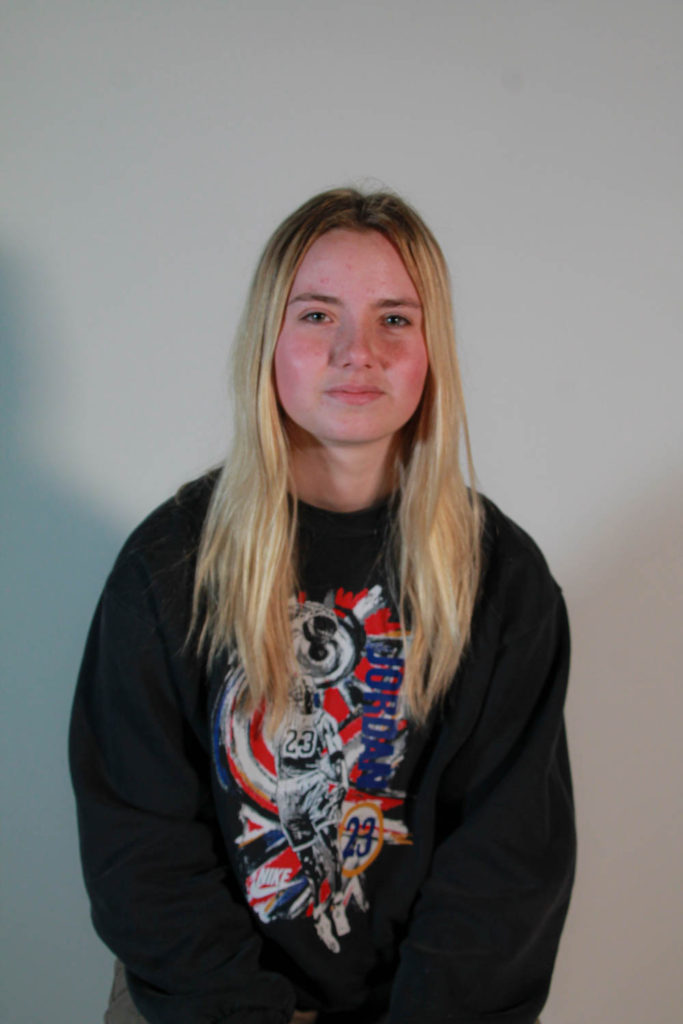






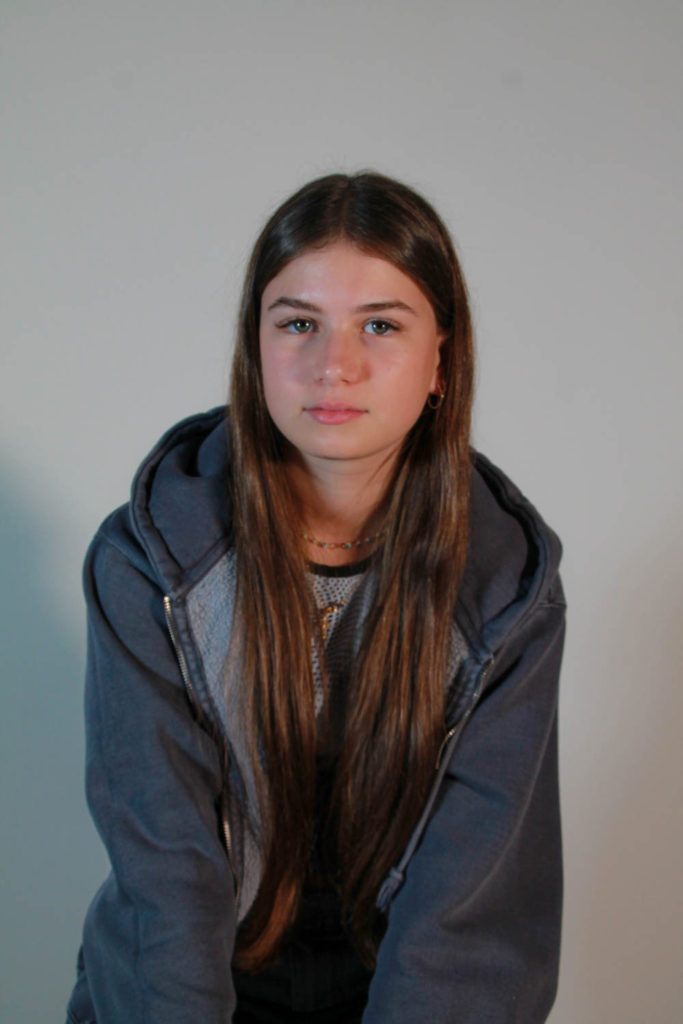


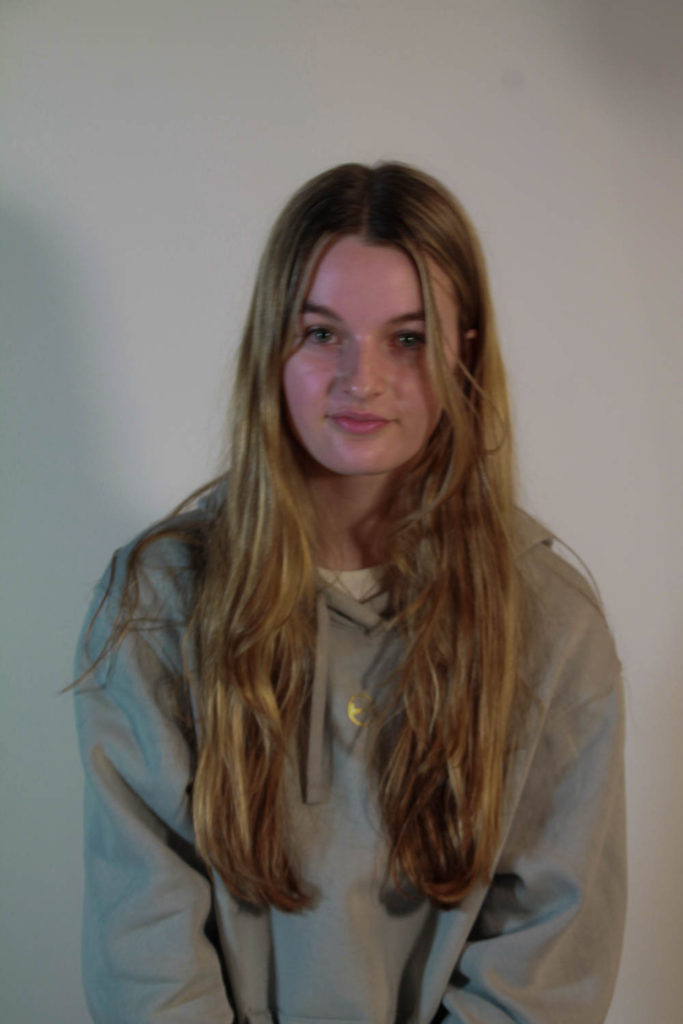





From government website:
Rules for digital photos
The quality of your digital photo
Your photo must be:
clear and in focus
in colour
unaltered by computer software
at least 600 pixels wide and 750 pixels tall
at least 50KB and no more than 10MB
What your digital photo must show
The digital photo must:
contain no other objects or people
be taken against a plain light-coloured background
be in clear contrast to the background
not have ‘red eye’
If you’re using a photo taken during your application, include your head, shoulders and upper body. Do not crop your photo – it will be done for you.
In your photo you must:
be facing forwards and looking straight at the camera
have a plain expression and your mouth closed
have your eyes open and visible
not have hair in front of your eyes
not have a head covering (unless it’s for religious or medical reasons)
not have anything covering your face
not have any shadows on your face or behind you
not wear glasses in your photo unless you have to do so.
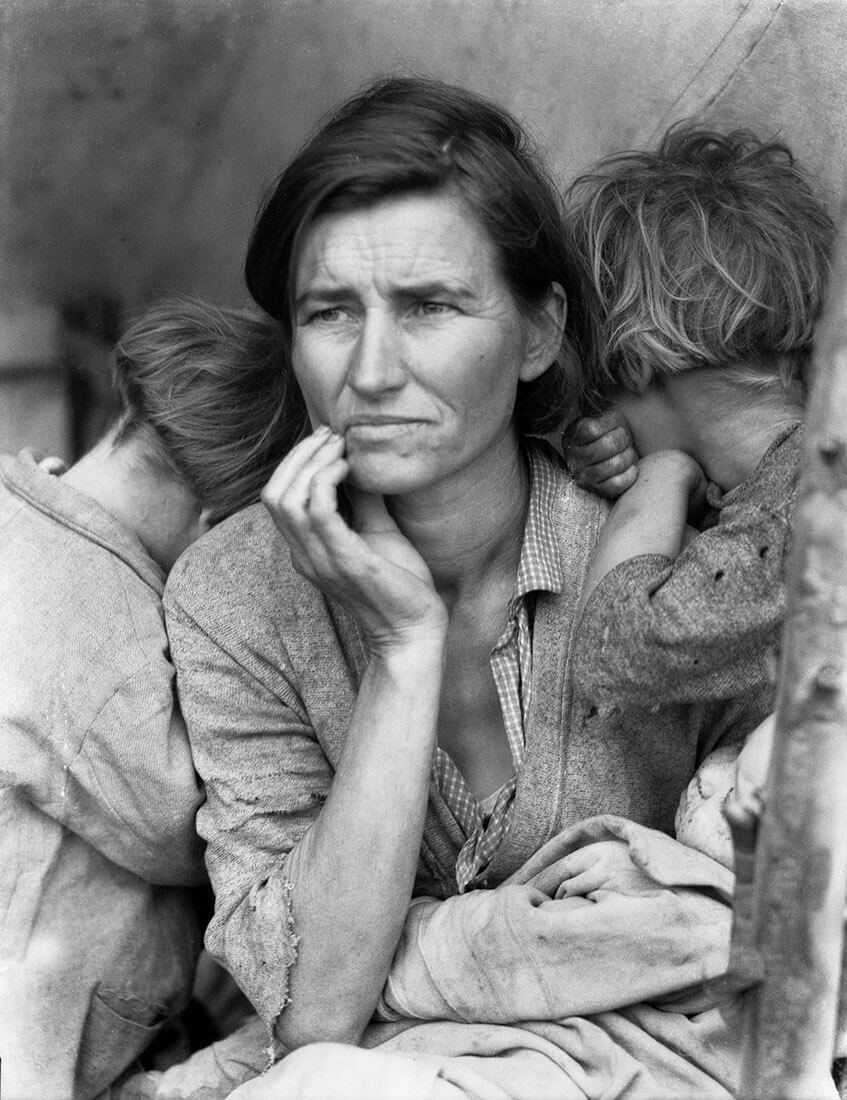
This powerful image shows a concerned mother with two of her children. She was travelling across the American countryside with her family, seeking work in the lettuce fields of Pajaro Valley, hence the name ‘Migrant Mother’. The photo was taken during the great depression, when a crash in Wall Street sparked the events to come. Millions of people were out of jobs and heatwaves were killing people every day. This gives us the idea that she is trying to keep her children safe, as well as the rest of her family that were travelling with them.